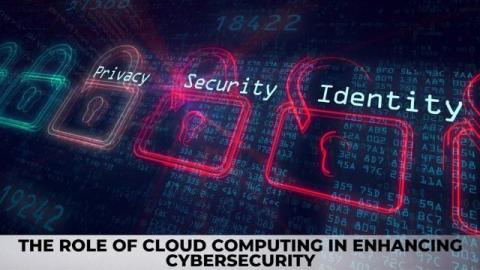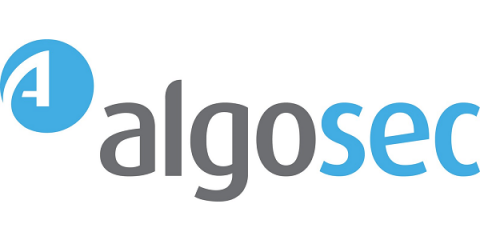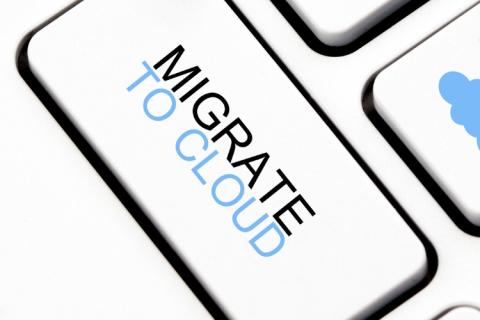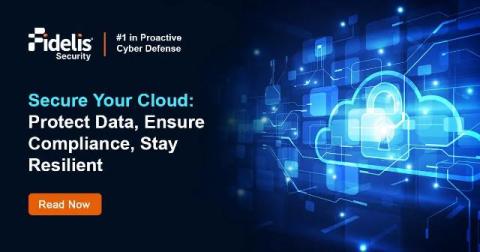The Role of Cloud Computing in Enhancing Cybersecurity
Cloud computing revolutionizes how organizations approach data security and threat prevention. The transformation of traditional security measures into cloud-based solutions marks a significant shift in protecting sensitive information and maintaining business continuity.











